Alloteropsis semialata
R.Br. Hitchc.
Cockatoo Grass
A perennial grass 20-150 cm tall, and an early flowering species with flowering heads often prominent in the early wet season before other grasses have flowered (Fig. 1). A variable species in the size of the flowering stems and leaves. The leaves erect and tufted, appearing to all arise from the base, the leaves and stems often whitening close to the ground surface; leaf blades inrolled or flat or folded 10-50 cm long, 1-10 mm wide. A short rhizome is present as a swollen or bulbous white underground stem (Fig. 2). The basic flowering units or spikelets are arranged along usually 3 (occasionally 2-4) spike like branches, the branches all arise from a central point (digitate) and terminate the flowering stem (Fig. 3). The flowering heads are well exerted from the leaves. The spikelets (the basic flowering unit) are clustered in groups of 2 or 3 on unequal stalks, densely arranged or with interruptions along the branches. The spikelets are typically arranged along the inward facing surface of the branch but alternate from one side of the branch to the other (Fig. 3 & 4). The spikelets are dorsally compressed (flattened from front to back), so that they appear broadest from the front. The spikelets consist of two glumes shorter than the enclosed florets (modified grass flower). The glumes are similar in texture to the lemmas and enclose a fertile floret with an awned lemma and a sterile floret (Fig. 4).
Botanical Description
A perennial grass erects 20-150 cm high (Fig. 1). The leaves are basal and cauline, with leaf blades filiform, flat or convolute, 10-50 cm long, 1-10 mm wide; hairy or glabrous. The leaf sheath is glabrous or hairy. The inflorescence is comprised of 2-4 spike like branches or racemes arising from the same point, 2-22 cm long (Fig. 3). The spikelets are pedicelled and held in clusters of 2-4, arranged densely or with interruptions along the branches. Spikelets are 4-7.5 mm long (Fig. 4). An awn is present, but it is not prominent and less than the length of the fertile lemma.
Diagnostic Features
Alloteropsis semialata is a common and widespread perennial, easily recognised both because of its characteristic appearance but also because of its prominence in the landscape, flowering in the early wet season well before other perennials. When flowering it is unlikely to be confused with any other species. An annual species of the same genus Alloteropsis cimcinna also occurs throughout Cape York Peninsula and is easily distinguished by its annual habit, smaller spikelets (3-4 mm) and prominently cauline leaves (Fig. 5). When not flowering Alloteropsis semialata can be distinguished by gentle digging to reveal a white bulbous underground stem or leaf base (Fig. 2). It may potentially be confused with some species of Digitaria e.g. Digitaria ciliaris (Fig. 6). Digiaria ciliaris, however, is an annual and has smaller spikelets, 2.5-3.3 mm long, which are awnless.
Natural Values
Considered a palatable species when young, the leaves and bulbous underground leaf base are attractive and nutritious to stock, pigs and northern Bettongs (Rolfe 1997, Lazarides 2002, Crowley 2008). An early wet-season flowering species, it is a crucial food source for seed-eating birds such as Golden Shouldered Parrot and other seed-eating fauna such as Brush-tailed Rabbit-rats or ants (Crowley 2008). As a deep rooted perennial, this species would stabilise soil and provide habitat for ground dwelling species.
Habitat
Widespread across northern Australia, common north of latitude 18°S in Western Australia, the Northern Territory and Queensland; in Queensland extends below 18°S to northern New South Wales and inland to Carnarvon. Common throughout Cape York Peninsula (Fig. 9). Occurs in well drained soils in open forest or woodland.
Land Management Notes
Information on the impact of pigs and cattle on Alloteropsis semialata is presented in Crowley (2008). Because of its’ availability as a nutritious food source in the wet season and the apparent absence of a seed bank, Alloteropsis semialata is susceptible to overgrazing. Cattle, feral pigs and fire must be managed to keep the population sustainable.
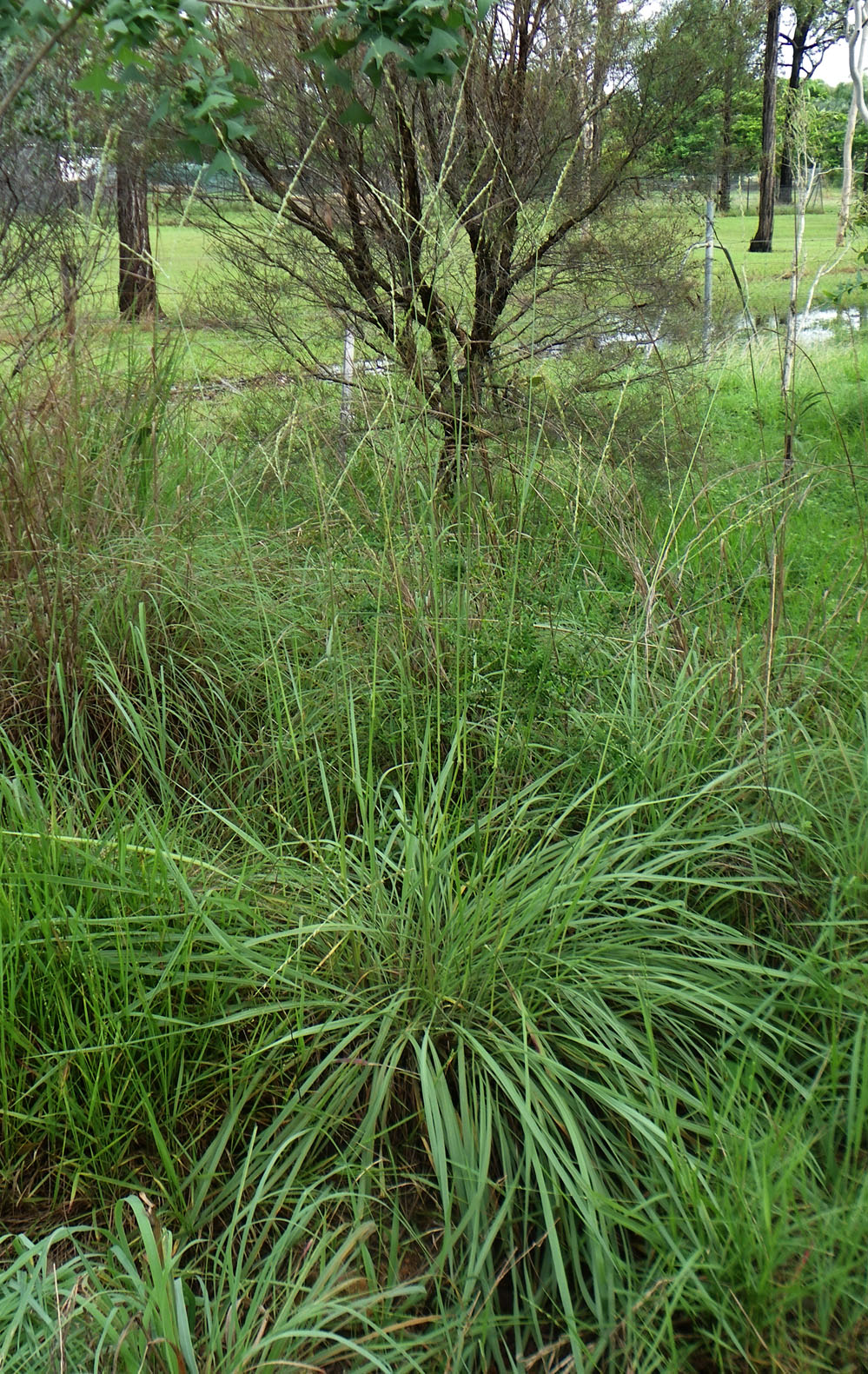
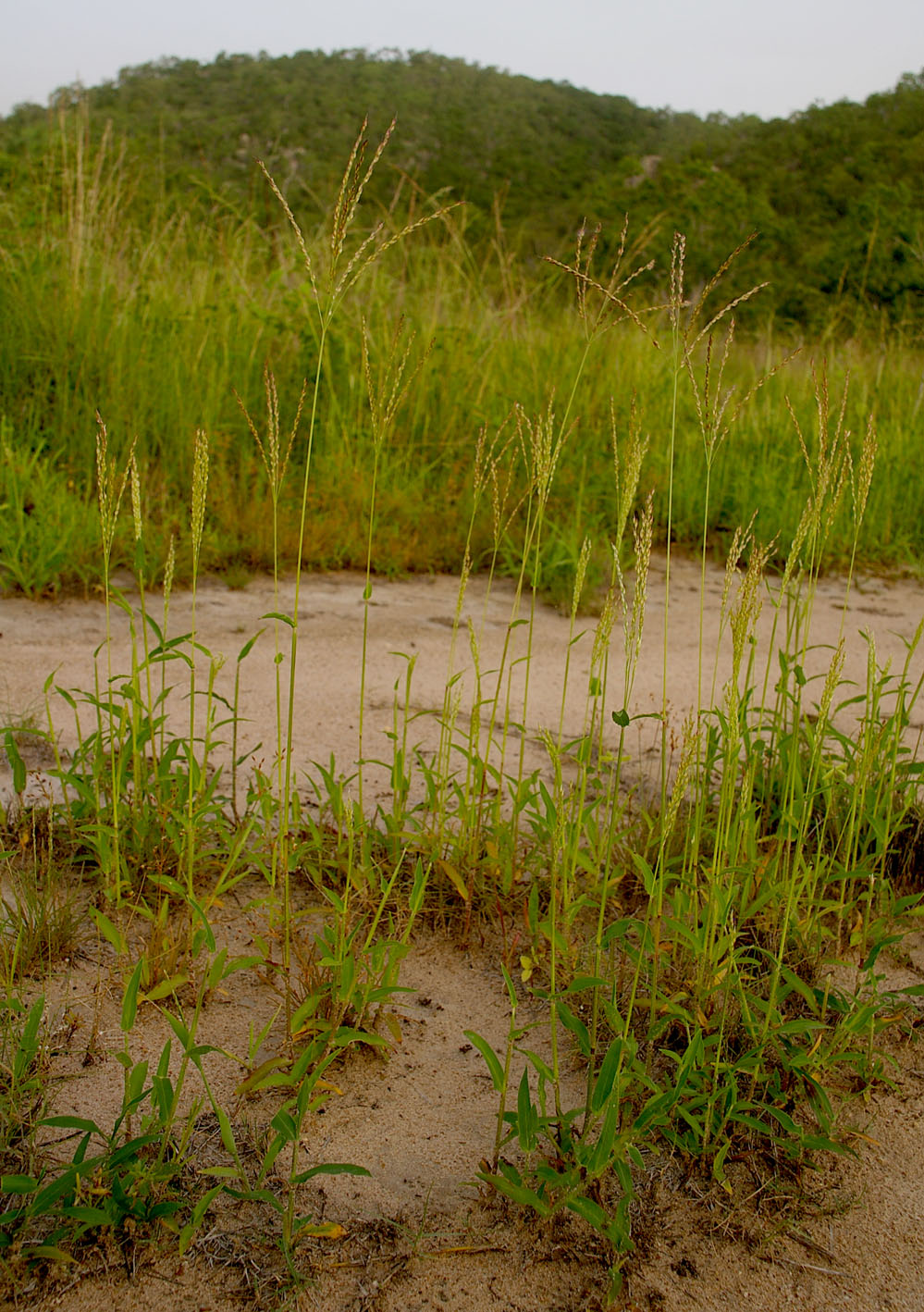
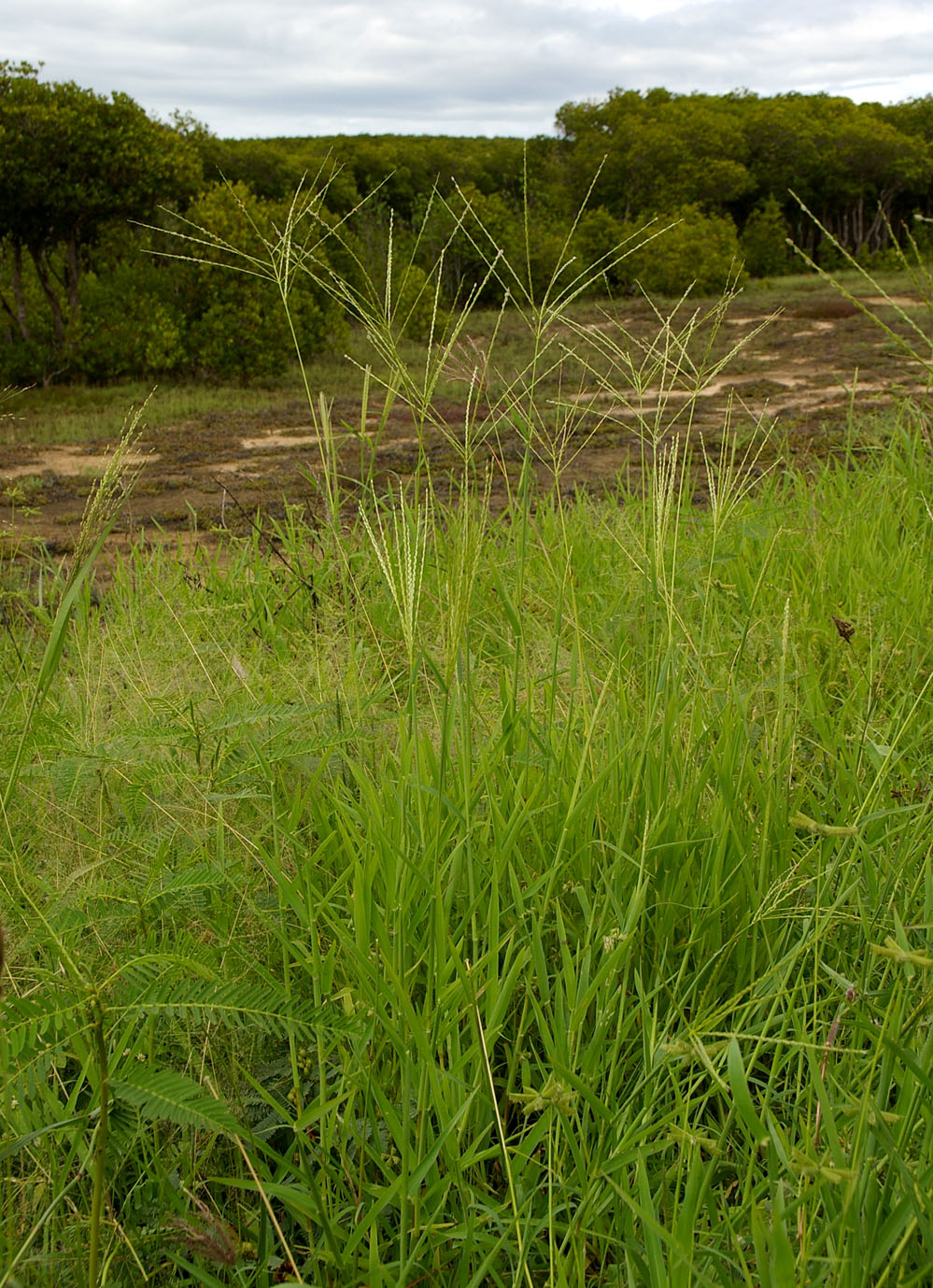
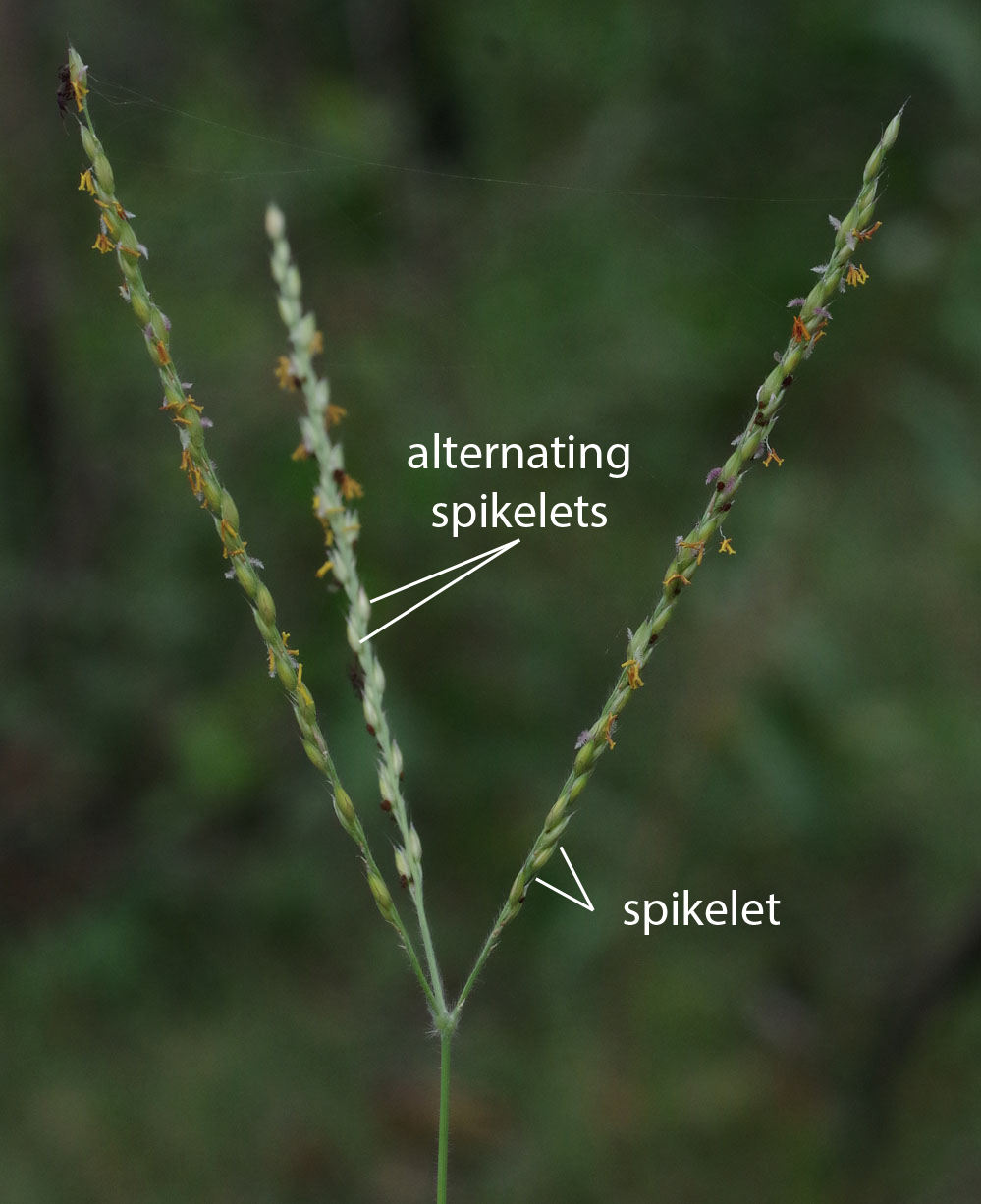
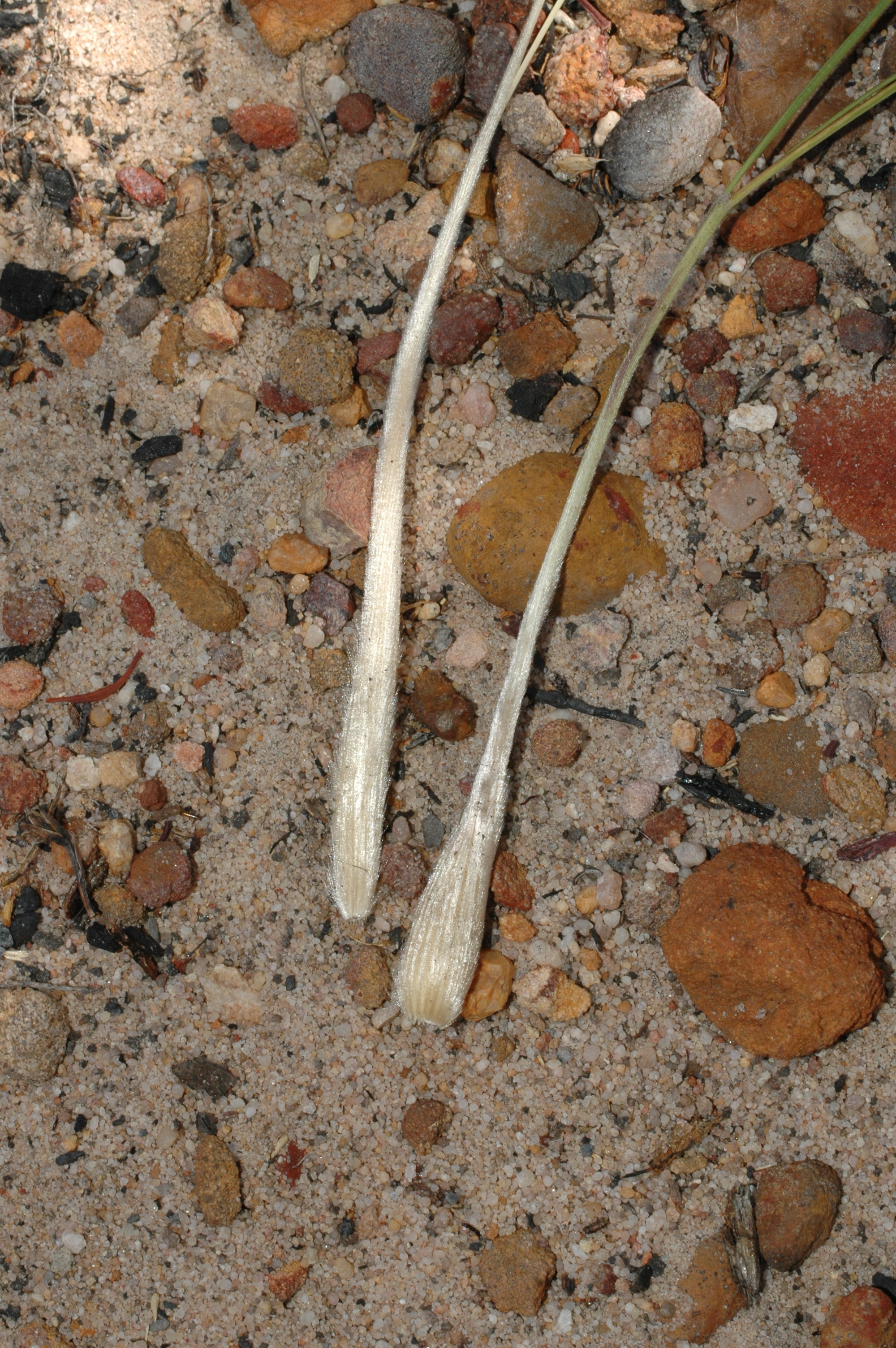
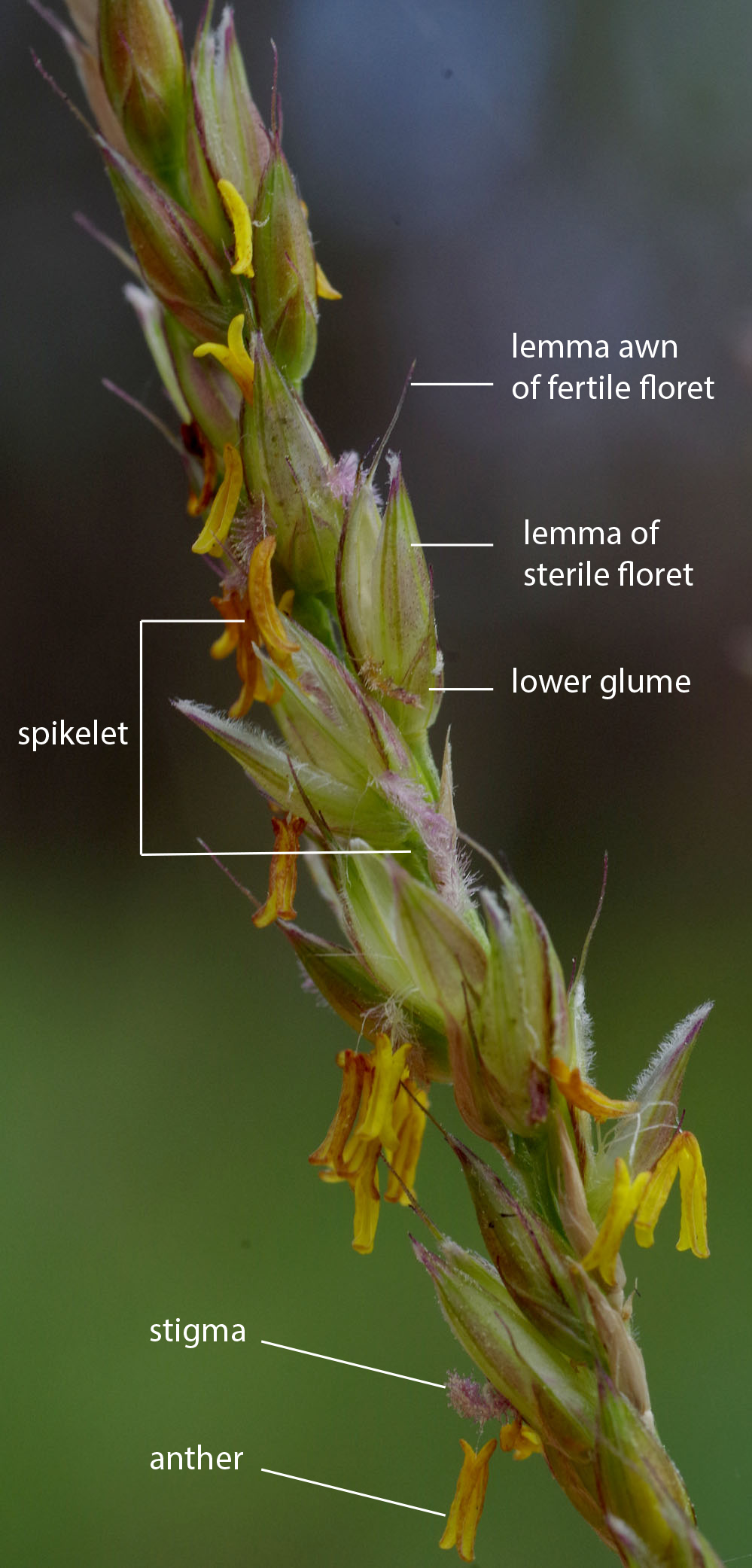
Resources
AVH (2017) Australia’s Virtual Herbarium, Council of Heads of Australasian Herbaria, <http://avh.chah.org.au>, accessed 30 May 2017.
Crowley, G.M., Garnett, S.T. and Shephard, S. (2004). Management guidelines for golden-shouldered parrot conservation. Queensland Parks and Wildlife Service, Brisbane.
Crowley, G. M., & Garnett, S. T. (2001). Growth, seed production and effect of defoliation in an early flowering perennial grass, Alloteropsis semialata (Poaceae), on Cape York Peninsula, Australia. Australian Journal of Botany, 49, 735-743. https://onlinelibrary.wiley.com/doi/abs/10.1046/j.1442-9993.1999.00964.x
Crowley, Gabriel (2008) Cockatoo Grass Alloteropsis semialata as a keystone species in northern Australia. Northern Territory Naturalist, 20. pp. 58-63. https://www.researchgate.net/publication/257527478_Cockatoo_Grass_Alloteropsis_semialata_as_a_keystone_species_in_northern_Australia
Lazarides, M. (2002). Economic attributes of Australian grasses. Flora of Australia 43: 213-245.
Rolfe, J., Golding, T. and Cowan, D. (1997). Is your pasture past it? The glove box guide to native pasture identification in north Queensland. Information Series Q197083. Queensland Department of Primary Industries.
Simon, B.K. & Alfonso, Y. (2011) AusGrass2, http://ausgrass2.myspecies.info/accessed on [date 29 March 2017].

